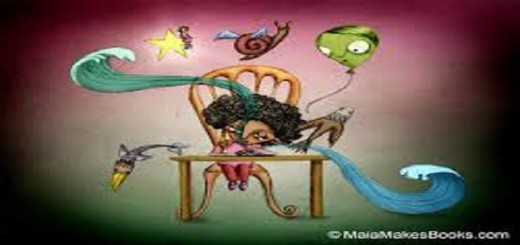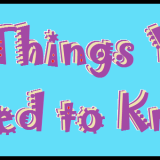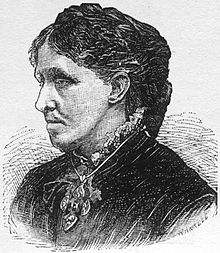The Novel Approach – Archetypes
I’ve been playing with castles and knights in shining armor. Why? Archetypes.
Archetypes are characters, situations, or patterns that seem universal. Examples of this would be the knight in shining armor, the dark, scarred villain, the journey, or kingdoms. With each of these words, a clear picture comes to almost everyone in the world. What these words mean and stand for is remarkably similar from person to person.
I know some of your cliché alarms are ringing, but hang on a second.
Archetypes are usually universally acknowledged, so your audience will be able to connect with characters easily. With one word, you can put your readers in the setting you wish. A landscape forms in every readers head when they merely read the word kingdom or beach or desert. Situations in the book are identified and understood.
Archetypes make literature easier to dissect and group… Still worried about clichés?
Well, it’s hard to escape archetypes. I mean, to completely avoid archetypes, an author couldn’t touch the “good vs evil” struggle, the fall from grace, characters’ journeys. And that’s just situations. There is no way to effectively avoid archetypes.
The beautiful thing is, if you recognize archetypes, it’s easier to play with them as a writer. You can give the villain a pretty smile and the hero a hunched back. What makes characters and plots and settings interesting isn’t an entirely new idea. Depressingly enough, there are no ideas that don’t hold a little of something else in it. All literature is built off of the literature before it. However, you can add to it. There’s a new tiny twist that makes your story unique. Add a bunch of those tiny twists together, and you won’t have to worry about clichés anymore.











